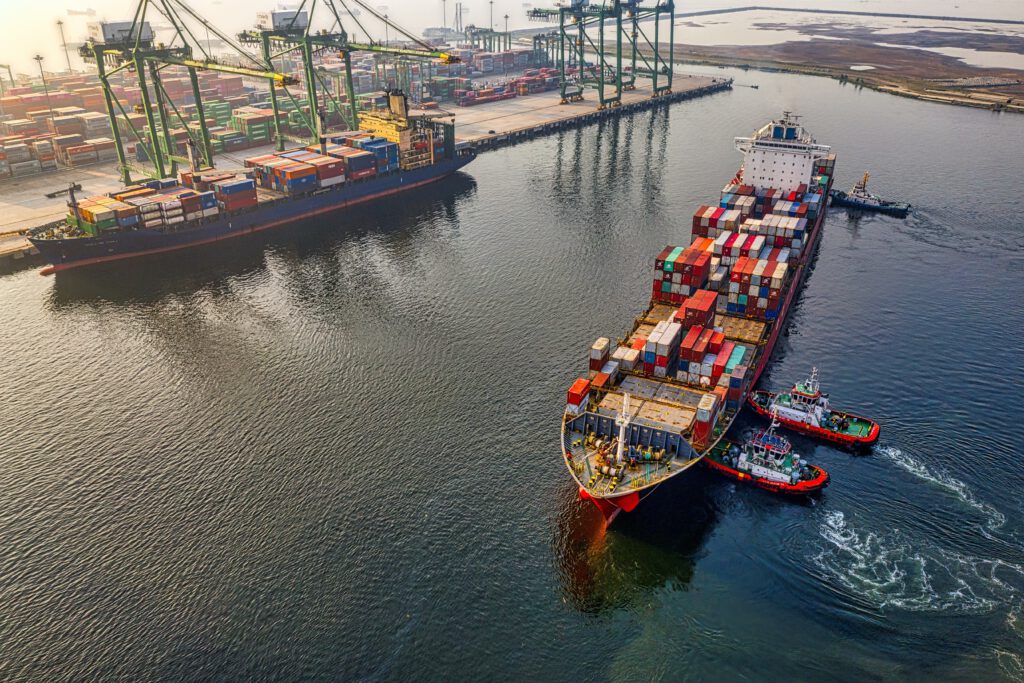Rules for International shipping containers overseas

The Basics of Freight Rates? Lower shipping costs are one avenue to a higher profit margin. How is it that shipping rates can have such an effect? Warehousing bills are one factor. The fee to load, unload, and store freight covers the cost of utilities for the warehouse and the investment in human labor. Like each industry, there’s risk and reward involved in the shipping industry. It goes without saying that having cargo delivered by air is a high-risk/high-reward venture. If your company is seeking a more economical and less risky mode of transporting goods, shipping by sea or by rail are sound options. Of course, the simple economic principles of volume and competition are driving forces for a shipping company’s rates. Higher volume equals lower rates. Competition leads to a higher standard of service at an affordable rate. Fixed overhead rates for freight carriers also play an important role with shipping rates. The cost of fuel, as we are all painfully aware, has spiked in recent years. The cost of living and the cost of doing business have also gone up, thus forcing freight carriers to increase rates for their 40 foot containers. With all the factors that contribute to freight and shipping rates, a good understanding of how they are set can help your business shop for the best service at the best rate.
Ex Works (EX W)
‘Ex Works’ means Ex Works i.e seller delivers the goods from the place of production and is usually followed by a named place, for example EXW Savannah. Ex Works therefore means that the responsibility of the seller is to make the goods available at the disposal of the buyer at a specified place i.e the seller’s premises/warehouse/works/factory. The responsibility of the seller ends at this stage. It is the duty of the buyer to load the goods from the specified place onto the vehicle arranged by him, clear the goods for export and also bears the full cost and risk in bringing the goods from this point to the desired destination. Under this rule, seller bears minimum obligation and risk. The buyer has to undertake full responsibility and risk to transport the goods from the point of seller’s premise to the named destination.
Free Carrier (FCA)
FCA means Free Carrier and is usually followed by a named place, for example FCA New York. FCA means the seller fulfills its obligation to deliver the goods duly cleared for export, into the custody of the carrier as nominated by the buyer at the specified named place or alternatively to the custody of the person (Freight forwarder) nominated by the buyer at the seller’s premises or another named place. It is advised that both seller and buyer need to take utmost care to specify the named place of delivery of goods by the seller as clearly as possible so that there exists no scope for misunderstanding / disputes. The delivery point of goods by the seller is very significant under this rule because the buyer assumes all costs and risks for carriage of goods (in e.g. a 20 foot container) to the final destination from this point. In other words the costs and risks pass to the buyer from the point of delivery to the final destination. Under this rule, the transportation cost of the main carrier starting from the port of shipment to the final port of destination is to be borne by the buyer. The seller clears the exports and delivers the goods to the first carrier for shipment under his responsibility.Carriage Paid To (CPT)
CPT means ‘Carriage Paid To’ and is usually followed by a named place of destination, for example CPT Mumbai. CPT means that the seller clears the goods for export and delivers them to the carrier or another person nominated by the seller at an agreed place of shipment. Under CPT the seller has to pay the transportation costs (freight) for the carriage of goods to the named place of destination. But seller does not pay for insurance. The risk of loss and damage to the goods transfers from the seller to the buyer when the goods have been delivered to the custody of the first carrier and not at the ship’s rail. Guideline for cost sharing == the seller must ensure placement of good at an agreed place and pay for the costs of carriage from the origin to the named port of destination. The issues related to costs of marine insurance, unloading / terminal / port fees at destination, on-carriage etc are to be determined mutually as per terms of contract of carriage or to be settled with separate terms in the sales contract






